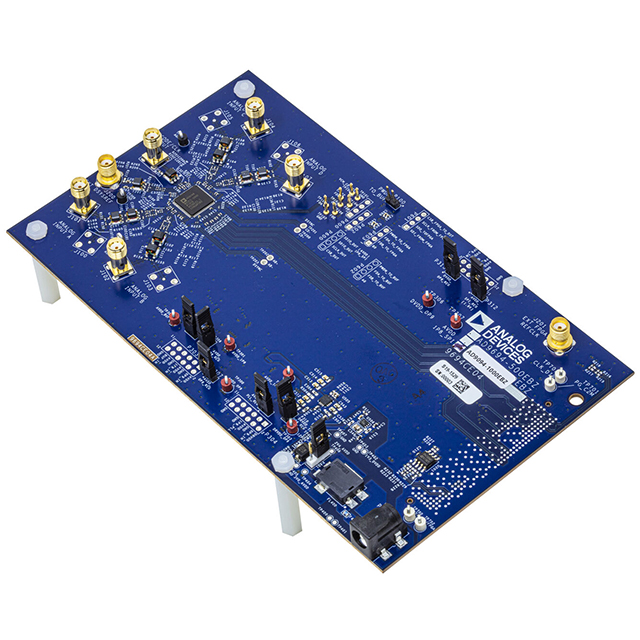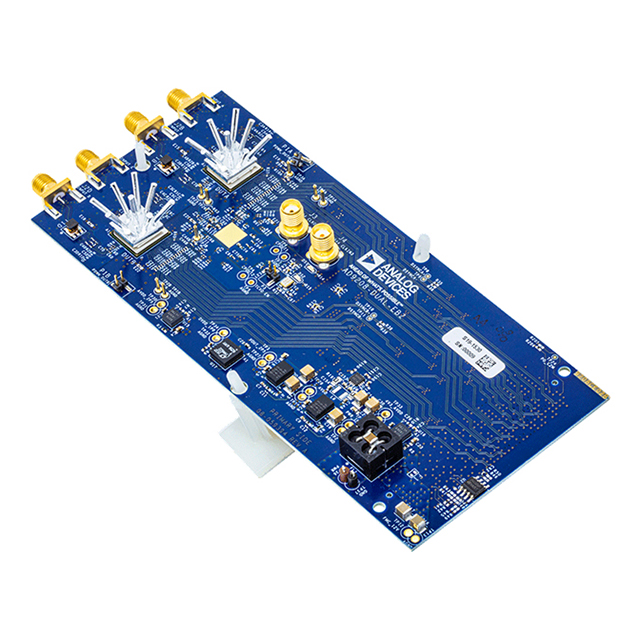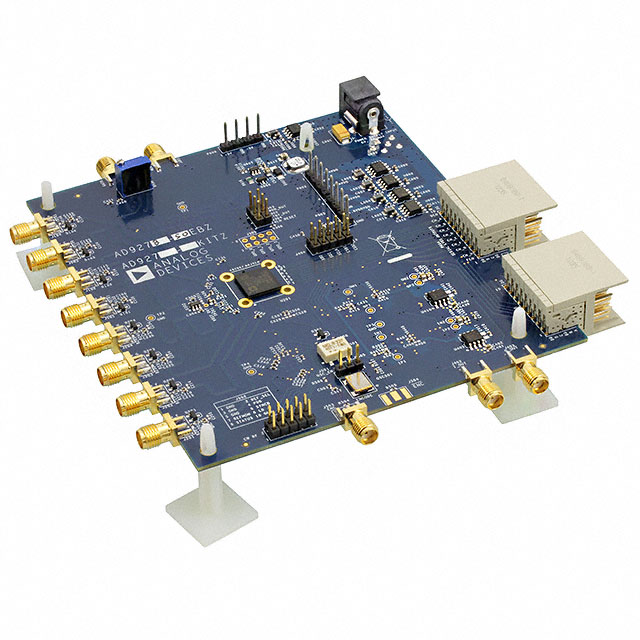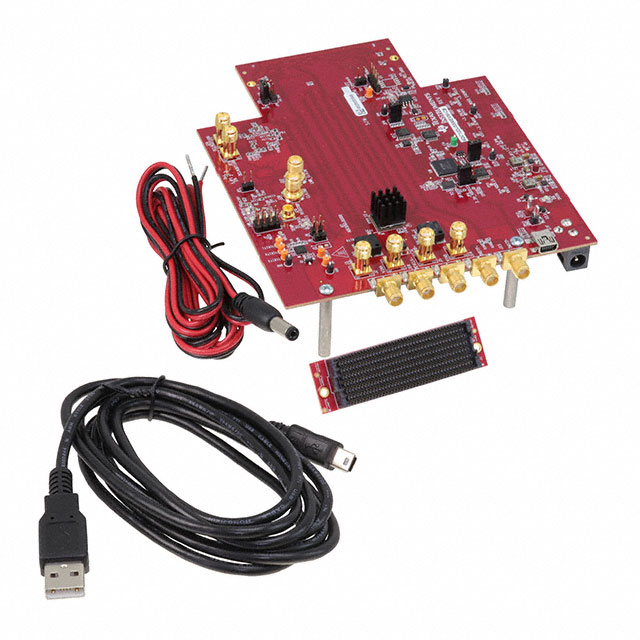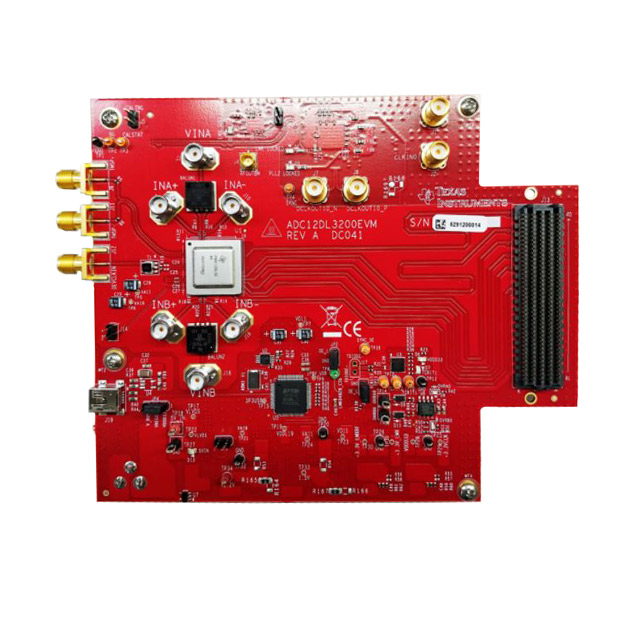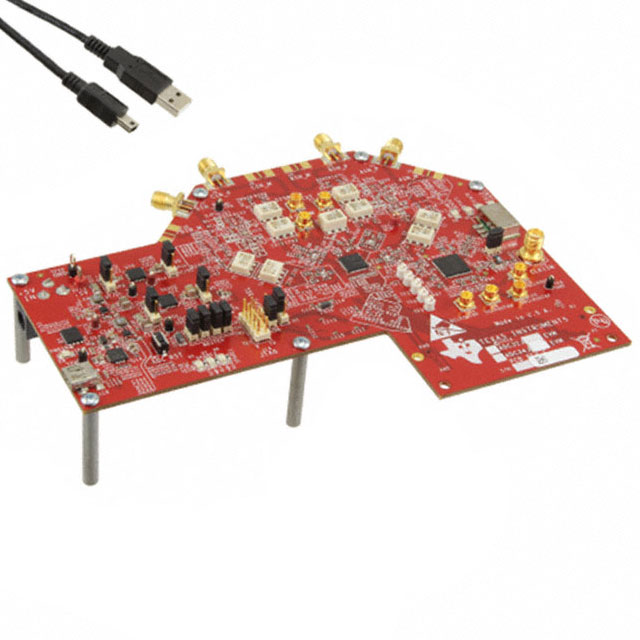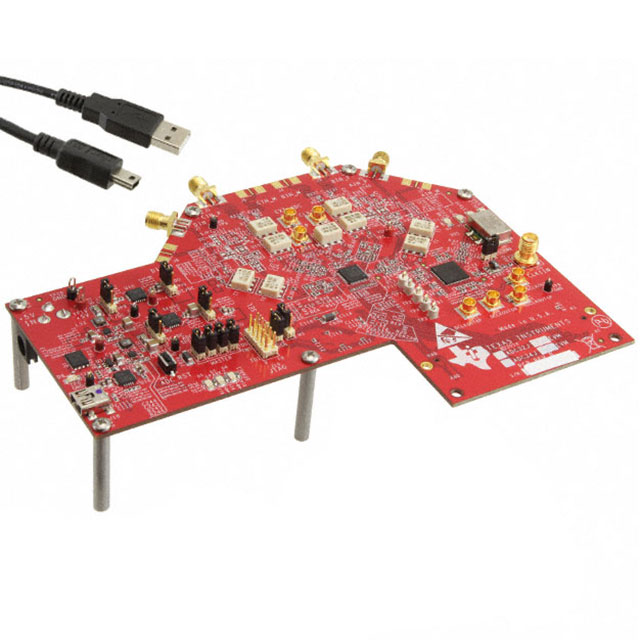
The Analysis of Current Market Situation in Printed Circuit Boards
With the development of modern technology, the demand for printed circuit boards is also increasingly growing. This facilitates a complete industrial chain structure of printed circuit boards and positively seeks innovative development.
1. Industrial Chain Structure
The upstream of the printed circuit board industry mainly includes raw material suppliers such as copper foil, resin, and glass fiber cloth. The midstream is PCB manufacturing companies. The downstream includes consumer electronics, communication equipment, automotive electronics, industrial control medical, aerospace, etc.
2. Market Growth
In recent years, the global printed circuit board market has continued to expand. The Analysis of the size of the circuit board market points out that the global PCB market is growing and is expected to maintain a stable growth trend in the next few years. As one of the world's largest circuit board manufacturers, China's market size is also expanding.
3. Market Competition Pattern
The printed circuit board market is highly competitive, with a large number of companies and low market concentration. In terms of competition, companies mainly improve their competitiveness through technological innovation, product quality, cost control, and other aspects.
4. Development Trend
With the continuous development of electronic technology and the growing demand for downstream products, the printed circuit board industry will continue to maintain a steady development trend. In the future, the industry will develop in the direction of high precision, high density, and high reliability. At the same time, environmental protection and sustainable development will also become important trends in industry development.
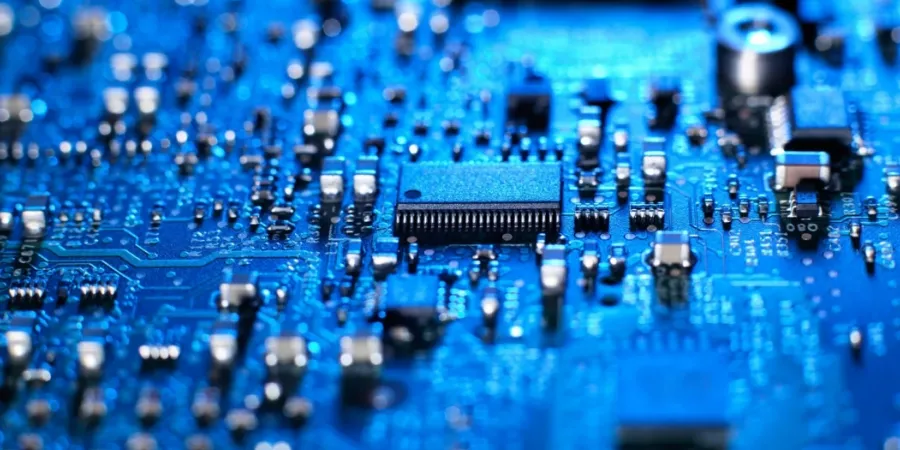
To sum up, the printed circuit board market has broad development prospects and huge market potential. For printed circuit board companies, it is necessary to continuously improve technological innovation capabilities and product quality levels to adapt to changes in market demand and the development of the competitive situation.





